Selecting the Best Wood
For Knife Handles
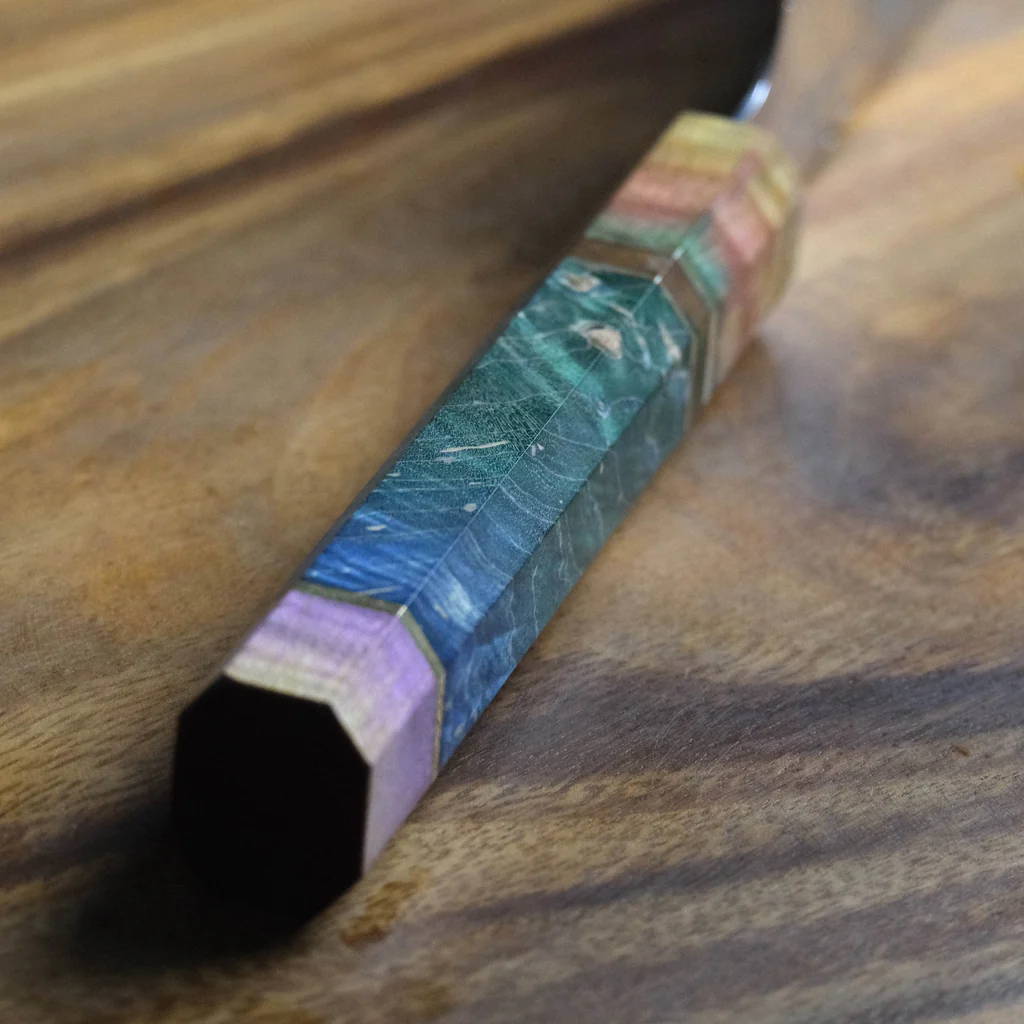
Commonly Used Wood Types in Knives Handles
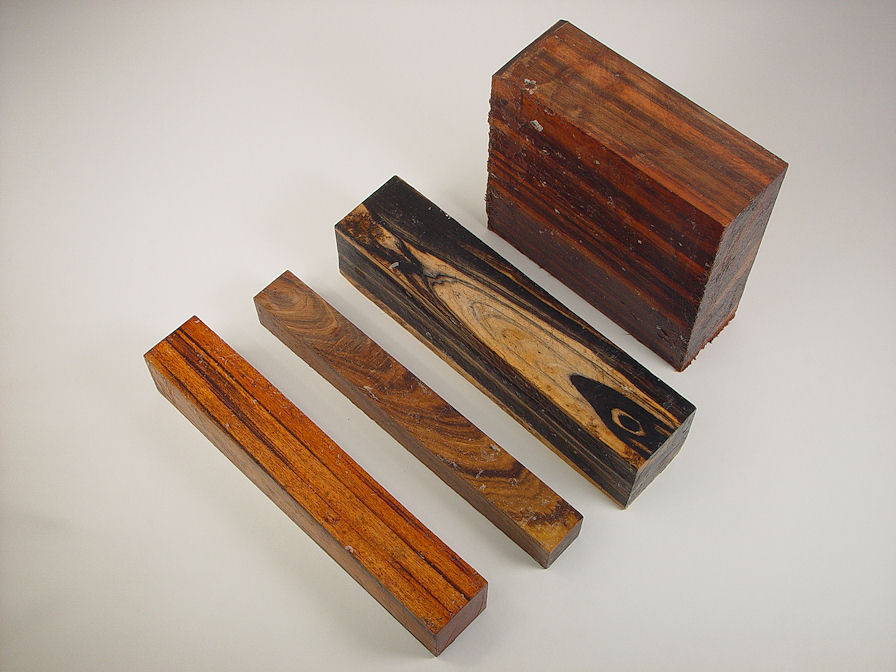
Ebony
- High levels of moisture and rot resistance make this wood one of the greatest choices in your culinary collection.
- Fine texture that provides a smooth, comfortable, and stable grip.
- After polishing, the handle exudes a glossy mirror-like finish.
- The wood is counted as one of the densest and hardest options.
Cherrywood
Oak
Rosewood
Ambona
Sandalwood
Ways to Select the Wood for Knife Handles
Choosing the Right Material
Consider Your Comfort
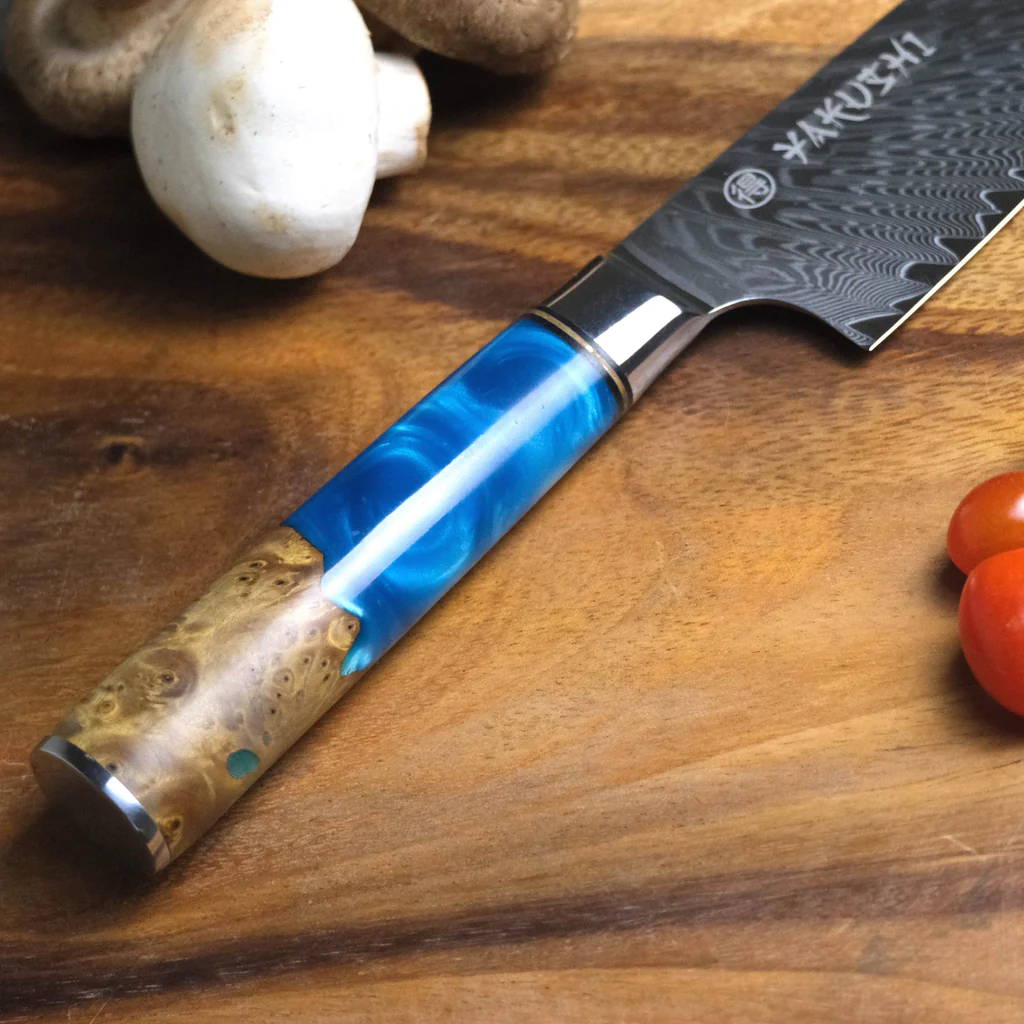

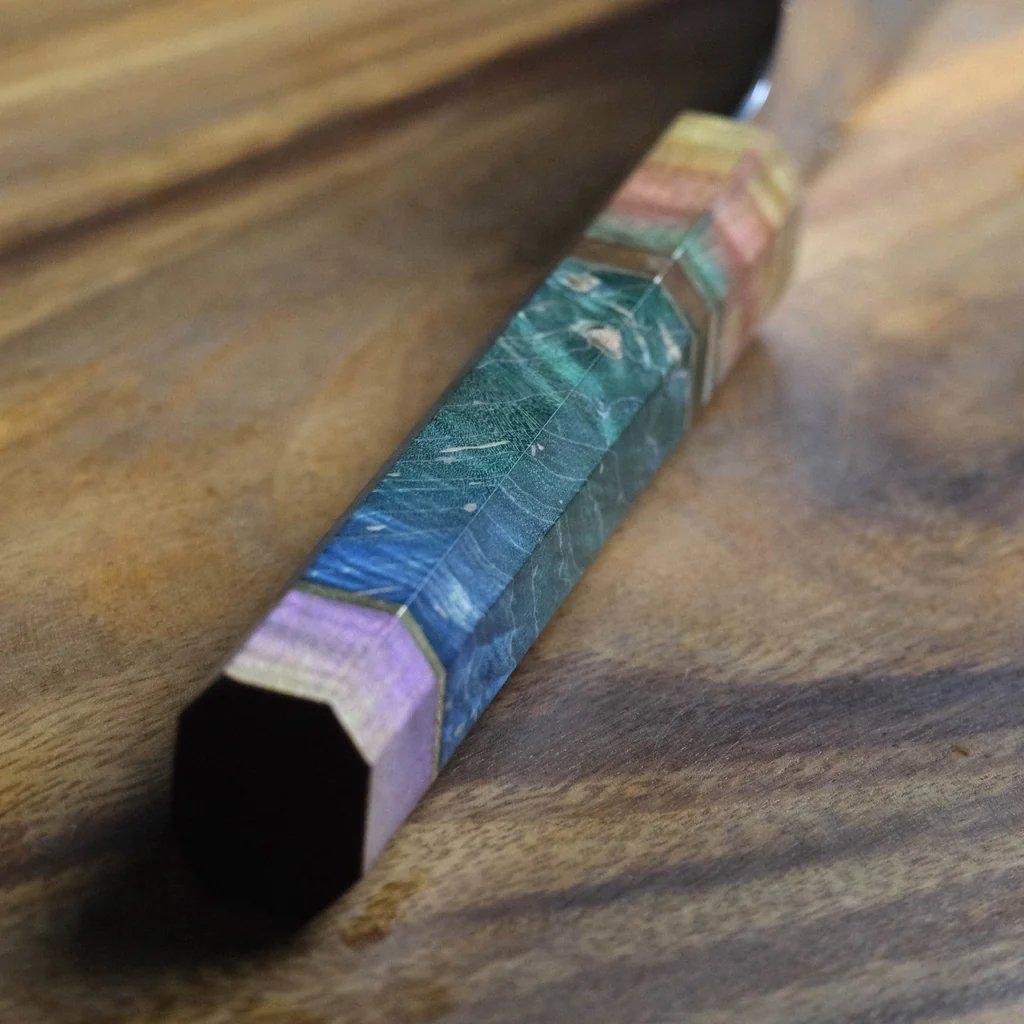
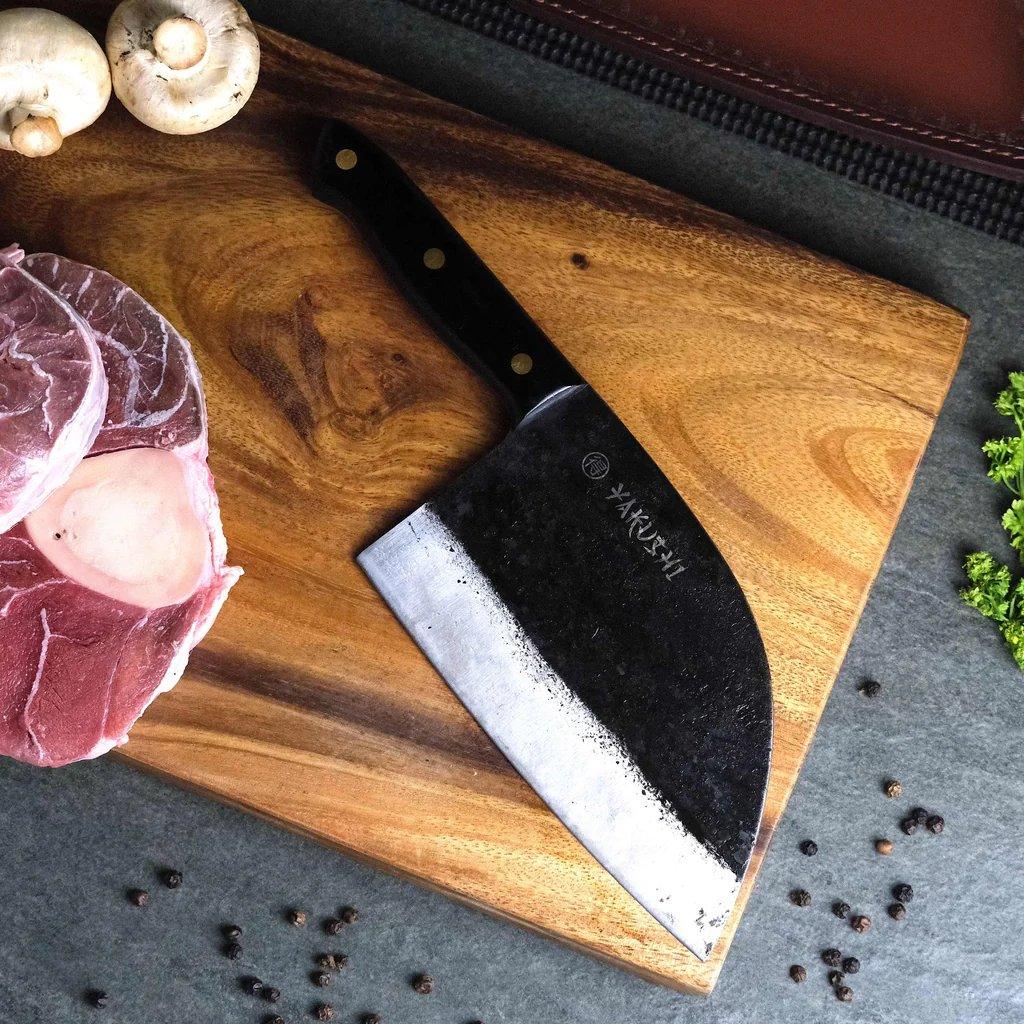
Leave a comment
This site is protected by hCaptcha and the hCaptcha Privacy Policy and Terms of Service apply.